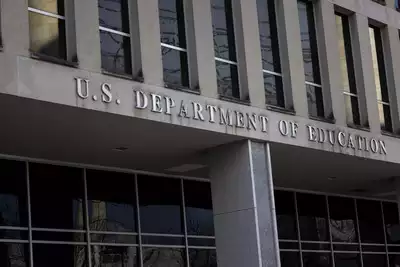The proposed education budget cuts under former President Donald Trump’s administration raised serious concerns about their impact on key school success metrics. By reducing federal funding for public schools, special education programs, and student financial aid, these cuts threatened to widen educational disparities and hinder academic progress for millions of students across the country.
Impact on School Success Metrics
Several key metrics that define school success, including graduation rates, student performance, and resource availability, faced potential setbacks due to funding cuts. Some major concerns included:
- Decreased Funding for Low-Income Schools: Reducing Title I funding, which supports schools with a high percentage of low-income students, could lead to fewer resources, larger class sizes, and lower student achievement.
- Cuts to Special Education Programs: Reducing federal support for the Individuals with Disabilities Education Act (IDEA) would hinder access to critical resources for students with disabilities.
- Threats to After-School and Support Programs: Funding reductions for initiatives like the 21st Century Community Learning Centers could eliminate after-school programs that help students with tutoring and enrichment activities.
- Higher College Costs: Cuts to Pell Grants and other financial aid programs could make higher education less accessible to students from low-income families.
Concerns from Educators and Policy Experts
Educational leaders and policymakers expressed alarm over the long-term consequences of these cuts. Experts argued that reducing investments in education could:
- Widen the Achievement Gap: Students from disadvantaged backgrounds would suffer the most from reduced funding, exacerbating existing inequalities in education.
- Lower National Competitiveness: A decline in education quality could hurt the U.S.’s global standing in science, technology, engineering, and mathematics (STEM) fields.
- Increase Dropout Rates: Without adequate funding for academic support services, more students could struggle to complete their education, leading to lower graduation rates.
Alternative Solutions and Advocacy Efforts
In response to these concerns, education advocates and policymakers pushed for alternative solutions to prevent drastic funding cuts. Potential strategies included:
- State-Level Interventions: Encouraging state governments to increase education budgets to compensate for federal reductions.
- Public-Private Partnerships: Leveraging corporate and nonprofit contributions to support school programs and student scholarships.
- Legislative Actions: Lobbying Congress to maintain essential funding for K-12 education and student financial aid programs.
Conclusion
The proposed education cuts under the Trump administration posed significant risks to vital school success metrics, threatening the quality and accessibility of education in the U.S. Without adequate funding, schools faced challenges in maintaining student achievement, supporting disadvantaged communities, and ensuring long-term educational progress. Advocacy efforts and policy changes remain crucial in protecting the future of public education and student success.



0 Comments